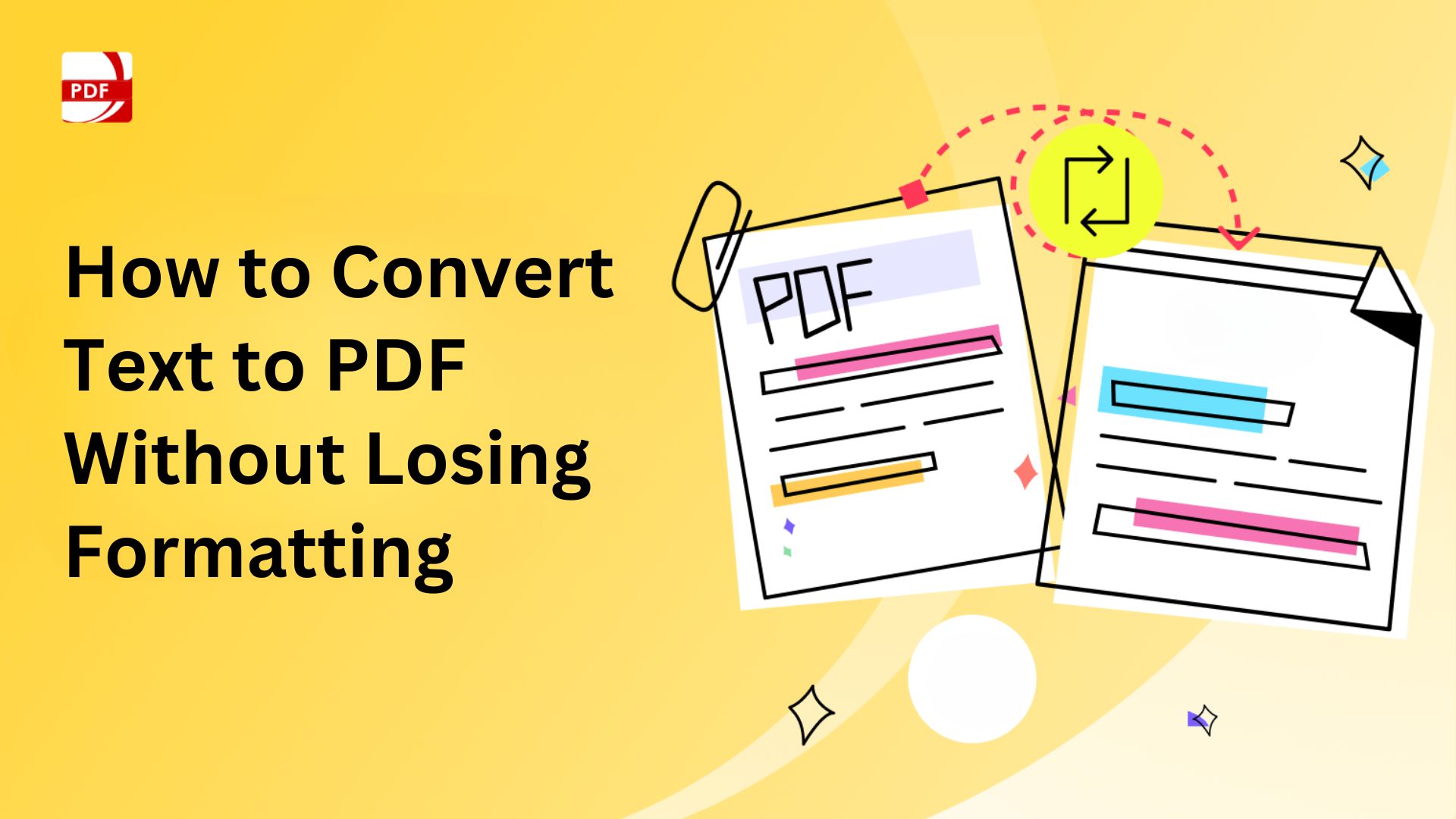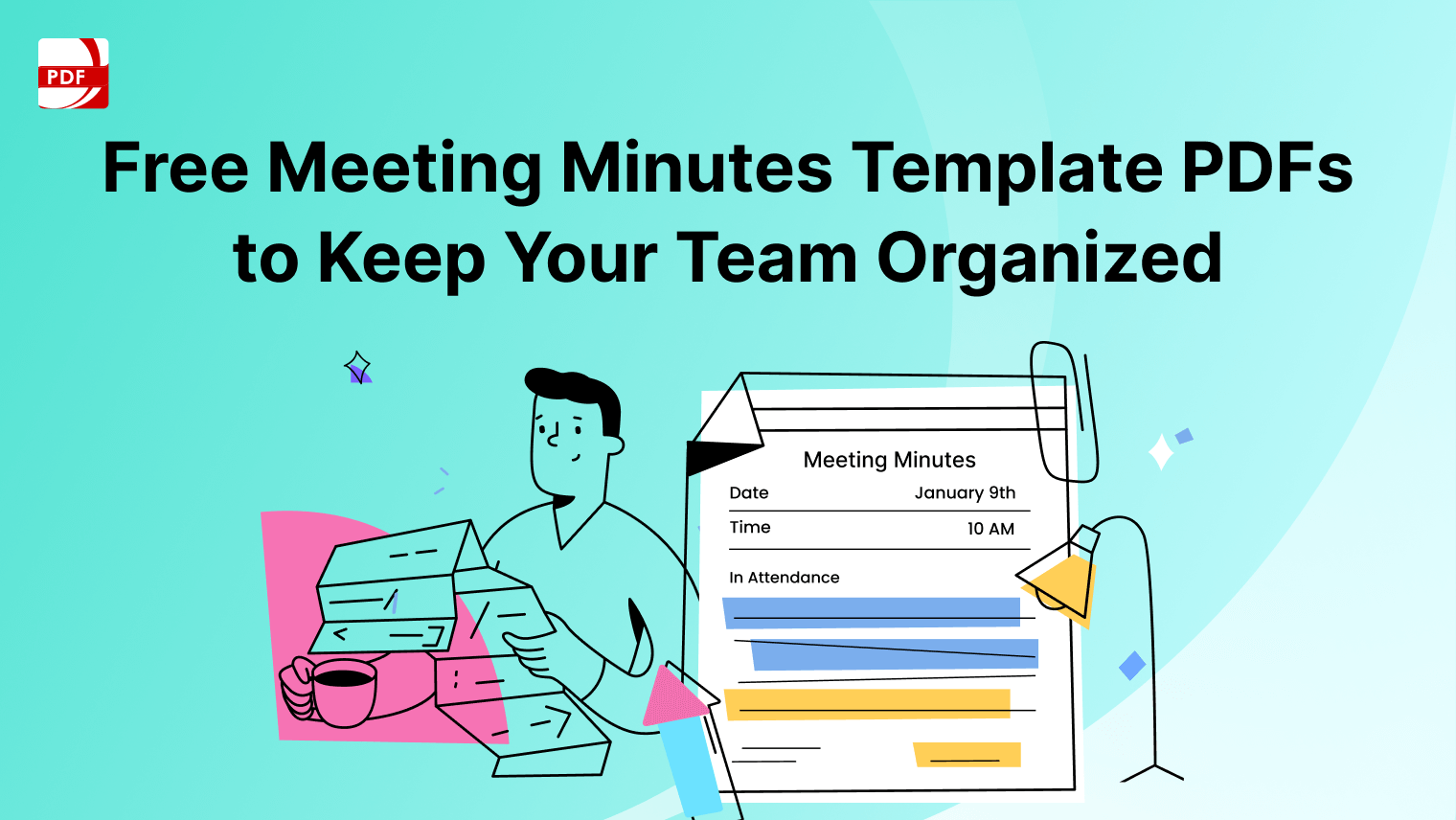When it comes to legal documents and contracts, precision and clarity are paramount. Two terms that often cause confusion due to their similar-sounding names are "addendum" and "amendment." While both may seem interchangeable at first glance, they serve distinct purposes and carry different legal implications. Check out our blog about how to write an addendum if that is your main goal.
Understanding the Basics
Incorporating the right technology and adhering to legal best practices when managing contracts enhances efficiency and reduces the risk of disputes arising from misunderstandings or improper documentation in your output PDF file.
| Aspect | Addendum | Amendment |
| Definition | An additional document or information that is added to the existing contract without altering its original terms. | A formal alteration or modification to the existing terms and conditions of the contract. |
| Purpose | Provides further details, clarification, or supplemental terms to the agreement. | Changes or revises specific provisions of the original agreement. |
| Impact on Original Terms | Does not alter the original terms of the contract. | Directly modifies the existing terms and conditions of the contract. |
| Formality | Generally less formal, though it should be properly referenced in the main agreement. | Requires the same formalities as the original contract, including the agreement of all parties involved. |
| Consent of Parties | Generally requires the agreement of all parties involved. | Requires the agreement of all parties involved, as changes are made to the original contractual terms. |
| Document Format | Can be a separate document or added pages attached to the main agreement. | Typically a separate document specifying the changes made to the origin file contract. |
| Common Usage | Used for adding information or terms not part of the initial contract or document type. | Employed when parties want to make changes or updates to the existing terms and conditions of the original contract. |
Understand the differences between an addendum and an appendix and learn how to efficiently navigate text with our helpful guide.

PDF Files and Legal Documentation
PDF files have become the standard for sharing and preserving legal documents. When dealing with contracts, understanding how to manage PDF files, including print settings and options, is crucial. Many legal professionals rely on Adobe Acrobat and other PDF editing software to navigate the intricacies of document management.
- The Ubiquity of PDF Files
PDF files have become the de facto standard for creating, sharing, and archiving legal documents. The format's universality stems from its ability to maintain document integrity across different platforms and devices. Unlike other file formats that may alter the layout or structure of a document, PDF files ensure that the document looks the same regardless of the software used to view it.
- Ensuring Document Security
Security is paramount in the legal field, and PDF files offer robust measures to safeguard sensitive information. Encryption options, password protection, and digital signatures provide layers of security that help prevent unauthorized access and maintain the confidentiality of legal documents, thanks to our built-in feature.
- Ease of Collaboration
Legal professionals often collaborate on complex cases or agreements, requiring seamless document sharing and editing. PDF files support collaborative workflows, allowing multiple parties to review and comment on documents without compromising the original formatting. This collaborative capability enhances efficiency and reduces the risk of miscommunications.
- Digital Signatures and Authentication
In the world of legal documentation, the authenticity of signatures is crucial. PDF files facilitate the use of digital signatures, which are legally binding and offer a secure method for authenticating documents. This basic feature streamlines the signing process, eliminating the need for physical signatures and expediting the execution of agreements.
- PDF Editing Tools
Legal professionals frequently encounter the need to make edits, annotations, or additions to documents. PDF editing tools, such as those provided by Adobe Acrobat or other third-party software, enable precise and controlled modifications. Understanding how to navigate these tools is essential for legal practitioners seeking to maintain document accuracy while making necessary changes to the document workflow.
- File Formats and Compatibility
Legal documents often need to be shared with external parties, including clients, opposing counsel, or court authorities. PDF files, with their consistent formatting and broad compatibility, ensure that the document's structure remains intact, regardless of the recipient's chosen software or operating system.
- Printer Settings and Options
Printing legal documents may still be a requirement in certain situations. Familiarity with print settings and options in PDF files is crucial to producing hard copies that accurately reflect the intended content. Legal professionals should be well-versed in configuring settings such as paper size, resolution, and orientation to ensure document fidelity in print.
Explore our resource on the Amendment to Contract PDF Template for streamlined contract modifications.

Fill and Download Our PDF Template
Use our template by downloading it or fill it in using the pop-up window that will introduce you to the interface so you can edit the file before printing.
How to Download PDF Reader Pro for Windows
PDF Reader Pro for Windows is a robust and versatile application designed to meet your PDF file viewing, editing, and annotation needs. With a user-friendly interface and a range of powerful features, it stands out as a comprehensive solution.
The simplest method to getting PDF Reader Pro is to click the download button below:
FAQ Section: PDF Documents
Have questions about our key features and more? Find the answers you need about native features here:
1. What is a PDF Document?
A PDF (Portable Document Format) document is a versatile file format commonly used for presenting and exchanging documents reliably across different platforms. It preserves the formatting, fonts, and images of a document, ensuring consistency regardless of the software or device used to view it.
2. How do I access the PDF Drop-Down Menu?
To access the PDF drop-down menu, open your PDF document using a compatible viewer such as Adobe Acrobat. The drop-down menu is typically located at the top of the application window and contains essential options related to printing, security settings, and document properties.
3. Can I Print Specific Pages of a PDF File?
Yes, you can print specific pages of a PDF file. In the Print Settings or Print Window, look for options that allow you to specify the range of pages you want to print. This ensures you only print the relevant portions of the document.
4. Are there Third-Party Software Options for PDF Editing?
Certainly. Several third-party software options offer advanced features for editing PDF documents. EaseUS PDF Editor and PDF X-Change Editor are examples of popular third-party tools that provide extensive capabilities for modifying and annotating PDF files.
5. What are Print Options, and How Do I Configure Them?
Print options refer to the settings you can adjust when printing a PDF document. These settings include paper size, orientation, and resolution. To configure print options, access the Print Menu or Print Settings in your PDF viewer, where you can tailor the printing process to meet your specific requirements.
6. Is There a Step-by-Step Guide for Printing PDF Files?
Certainly. Most PDF viewers, including Adobe Acrobat, offer a step-by-step guide or tutorial within their help section. This guide typically covers the entire printing process, from accessing the Print Dialog Box to selecting print settings and initiating the print job.
7. How Can I Troubleshoot Printing Issues with PDF Files?
If you encounter printing issues, consider checking the Printer Options and ensuring that the selected settings align with your printing needs. Additionally, verify that the PDF file is not corrupted, as corrupted files may lead to printing errors. If problems persist, consult the software's support resources or seek assistance from technical staff.
8. Are There Simple Steps for Batch Printing PDF Files?
Yes, batch printing of PDF files is possible. In the Print Menu or Print Settings, look for options related to batch printing or printing multiple files. These options often allow you to select a group of PDF files and print them in a single operation for increased efficiency.
9. What Security Options are Available for PDF Documents?
PDF documents offer various security options to safeguard sensitive information. These options include password protection, encryption, and digital signatures. Access the Security Options in your PDF editor to implement these measures and ensure the confidentiality and integrity of your legal documents.
10. Can I Customize Printing Settings for Larger Files?
Yes, you can customize printing settings for larger files to optimize the printing process. Adjusting options such as paper size, resolution, and color settings in the Print Window allows you to tailor the printing settings according to the specific requirements of larger documents.
While an addendum supplements information without altering the contract's original terms, an amendment directly modifies the existing agreement. Legal professionals must also be adept at handling digital documents, particularly in the ubiquitous PDF format, leveraging various tools and options provided by software like Adobe Acrobat.












 Free Download
Free Download  Free Download
Free Download





 Support Chat
Support Chat